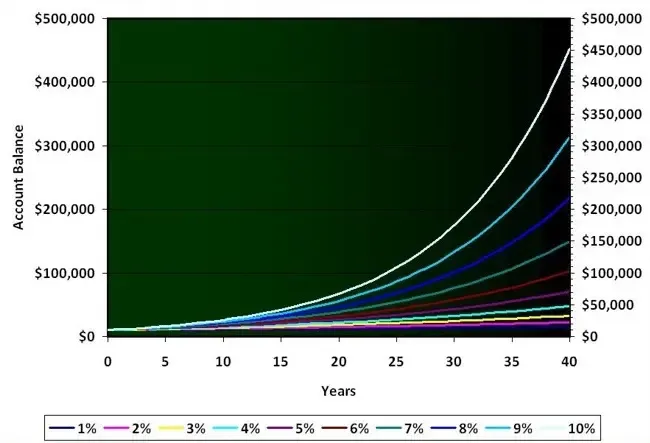
There are two main variables in any investment portfolio: Contributions and Returns
Contributions are the amount of money you invest. Returns are the net appreciation of that money you are investing. For me, I feel there is a lot of focus on the returns of a portfolio. Whereas, increasing contributions is not given as much focus.
I actually think this should be the OTHER way around. Let me explain why…
We’ll use the example of equities (but this can be applied to any asset)… A decent equities portfolio will return circa 10% a year. Realistically for many, tweaking and optimising your stocks portfolio will max out around this number. Greater returns are available with skill and practice depending on ones style – but most investors are pretty much CAPPED at this number.
I would rather have 10% on £100,000 a year compounding than 10% on £1,000 a year compounding. The most realistic way to get that number as soon as possible is via increasing our contributions.
And this is why, in my opinion, cashflow (especially in our younger years) is the priority.
Of course, in order to increase contributions one must either increase income or decrease outgoings. Both deserve consideration, however increasing income is superior because the scope to do this is unlimited. Reducing outgoings will inherently be finite by nature.
The above logic doesn’t always apply… but its certainly important to highlight. Understanding investing definitely will allow one to optimise their returns. However increasing contributions will usually take precedent over this and get results much sooner
Enter your details above to receive a link you can use to download your FREE pdf
Read More

Here's What New Associates Need To Know

What Is Your Definition Of Retirement?

How Often Do You Look Back On Your Life And Think “I Wish That I Knew Than What I Know Now?”

Can I Invest In My ISA For Passive Income?

The Role Of Luck In Investing



